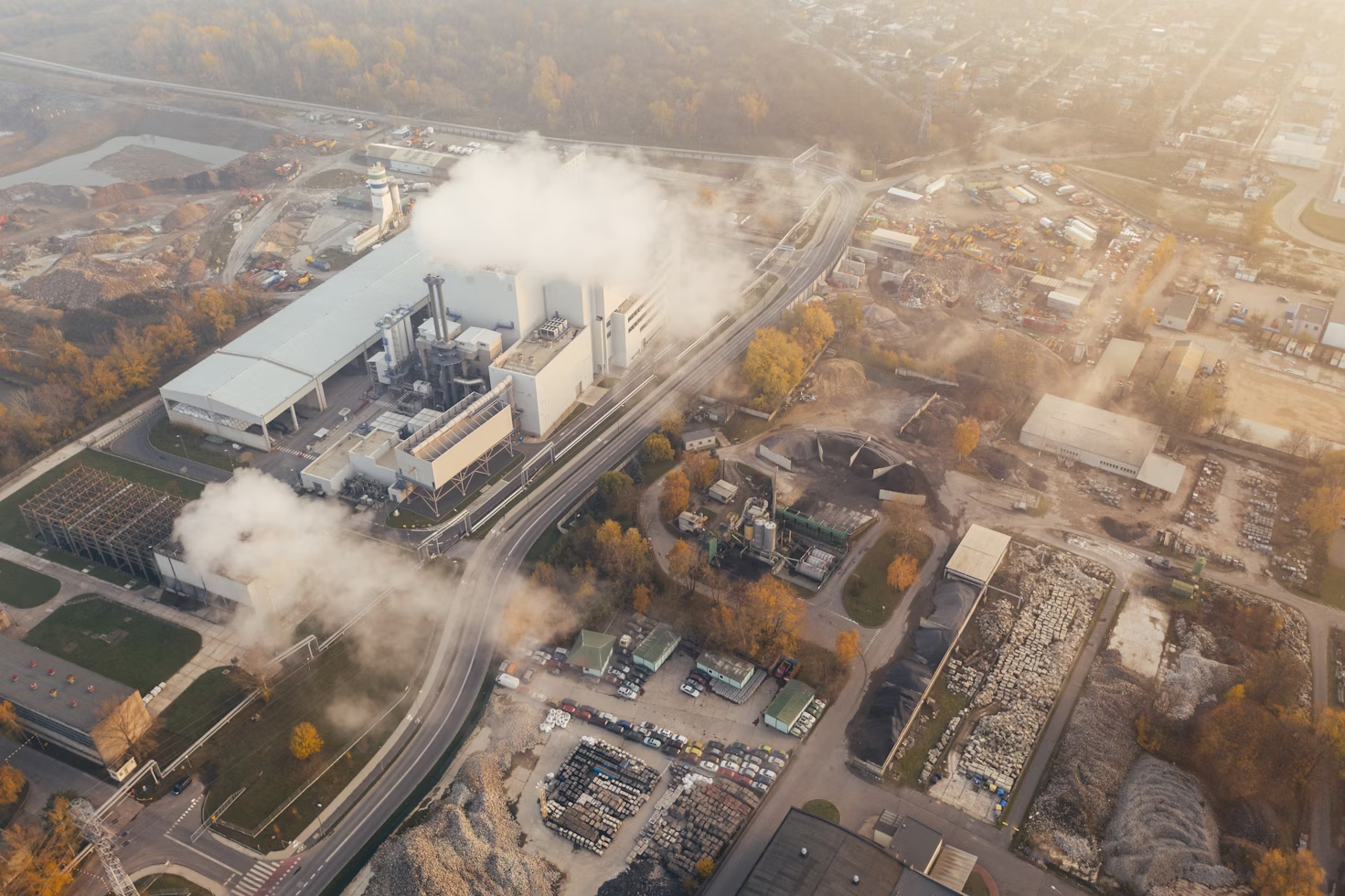Carbon Accounting

72% of SME managers have never considered carrying out carbon accounting according to the collective research project “Accounting and Carbon Strategy for SMEs” financed by ADEME, the Agency for Ecological Transition.
However, it is a subject that is becoming more and more important as the climate emergency occupies the public scene. So what is carbon accounting and why is it so important in ecological transition policies?
Heating premises, moving around using fossil fuels (gas, petroleum fuels, etc.), burning our garbage, producing raw materials, raising livestock, using agricultural fertilizers or decomposing our waste, etc. all our activities emit greenhouse gases (GHGs), such as CO₂.
So, Any business, even in the tertiary sector, uses energy, products or services whose design, use and end of life have produced GHGs. Directly or indirectly, it therefore has a imprint carbon. The first step in a reduction strategy is to measure this footprint through carbon accounting.
Quick history
While the first traces of accounting date back to antiquity, the discipline that aims to account for carbon in particular is much more recent. The first tools for carbon accounting date back to the beginning of the 2000s: 2001 for the first edition of the GHG protocol, 2003 for the first version of the Bilan Carbone® method developed at ADEME.
Although there is no single definition of carbon accounting, several common elements can be identified, according to researchers Kristin Stechemesser and Edeltraud Günther:
- greenhouse gases (GHG) to be accounted for, often the 6 gases listed in the Kyoto protocol,
- a scope of study (a product, a project, an organization, a local, national or even global territory),
- a measure (monetary, physical) of these GHGs.
Carbon balance, Bilanges, regulations, how do you find your way around?
According to ADEME, carbon accounting therefore consists in quantifying all the emissions produced by a company's activity. The aim is to draw up an inventory in order to identify levers for reduction actions.
To do this, there are several methods. The first was developed by ADEME in the early 2000s. Very comprehensive, it covers all a company's emission sources: energy, goods, services, freight, fugitive emissions related to air conditioning, travel, fixed assets, assets, waste, waste, end of life of products, etc. It is now run by the Bilan Carbone Association, which owns the rights and trains companies and consultants in its use.
Appearing later, the GES Balance Sheet (or BEGES) is a regulatory method introduced in 2010 when the State decided to make carbon accounting mandatory for very large companies. Concretely, it is also an assessment of the annual quantity of greenhouse gases emitted by a company's activities. The regulations use a predefined classification: scopes.
To carry out your GHG Report, you must calculate the emissions relating to these scopes, although only scopes 1 & 2 are mandatory to publish your balance sheet, and return them according to a predefined format. They correspond to the origin of the emissions:
- Scope 1: all emissions released directly by the use of fossil fuels. Gas, fuel oil or wood to heat buildings or operate machinery, fuel for vehicles, etc.
- Scope 2: so-called indirect emissions due to electricity consumption or the use of collective heating networks, for example.
- Scope 3: the rest of indirect emissions: treatment of its waste, production of the raw materials or services used, transport of goods or employees, immobilization of goods, the use and end of life of products...
What are the obligations related to carbon accounting in France?
In France since 2010, the law (law Grenelle II) requires large companies (+500 employees in mainland France, +250 in French overseas territories), communities with more than 50,000 inhabitants (regions, departments, municipalities, etc.), public institutions (+250 employees) and State services to publish a GHG report.
For companies with less than 500 employees, including in particular Small and Medium-Sized Enterprises, there is no legal obligation at this stage but the subject is coming up more and more in the public debate. For example, the Citizens' Climate Convention (CCC) proposed extending the scope of application of regulatory BEGES to all companies.
While the implementation of this CCC proposal has not yet been implemented, the 2021 finance bill, voted in December 2020, has already made post-Covid Recovery Plan aid conditional on the establishment of a simplified carbon footprint measurement for companies with more than 50 employees (pending clarification by decree).
To help businesses, Keewe has developed Photo Carbone, a tool that allows them to very comprehensively estimate their carbon footprint. Developed in partnership with the Carbon Balance Association, this Carbon Photo offers you an overview of your emissions by classifying them into intuitive and easily usable categories. Photo Carbone also allows you to calculate the BiLanges scopes 1 & 2 and to return it according to the forms required by the regulations in force.
Why count your emissions?
According to Kristin Stechesser and Edeltraud Günther, carbon accounting assesses greenhouse gas emissions for internal purposes (management accounting) but also external (financial accounting).
At Keewe, we believe that internal purpose is essential: knowing where your company's main sources of emissions are located is essential to implement reduction actions. That's the formula ” Count to know, Know to act, Act to reduce ” set out in the parliamentary report published prior to the law Grenelle II in 2010. In addition, considering the future evolution of the price of fossil materials, it is important to assess its carbon dependence in order to build alternatives today.
We also believe that the purpose of external reporting is crucial because carbon accounting could become an integral part of the “classical” (or financial) accounting that we are used to handling in our companies. First of all, because of the regulatory changes we were talking about above, which considerably reinforce carbon accounting requirements. But also because of the market, which is more and more sensitive to the commitments of companies (consumers, large companies looking at their suppliers, employees, etc.)
That is why Keewe wants to provide its customers with the tools they need for internal carbon management. (identify and reduce your emissions) and to the good presentation and communication of this data to the outside world, to anticipate future regulatory changes and to demonstrate your commitment to your partners, customers, suppliers, state and local authorities, etc.







